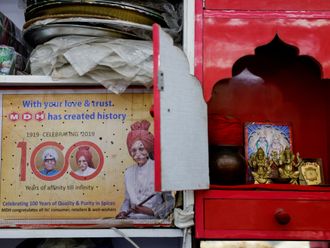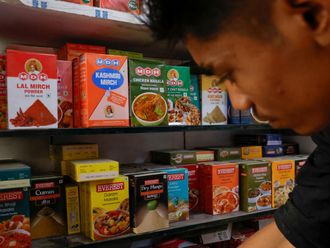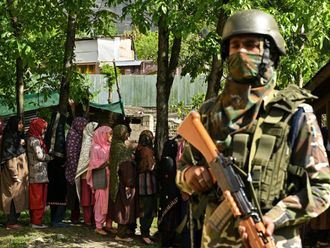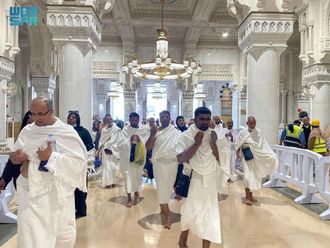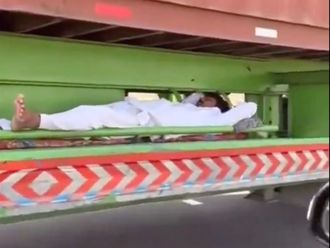London: This week, Indian environmentalist Sunita Narain was hit by a car in New Delhi, while on her daily morning cycle ride.
The intrepid Narain underwent nine hours of surgery, but still managed to get her message out, “Cyclists are being edged out of Indian cities to make way for cars.”
Narain’s accident has emphasised just how unsafe Indian cyclists are.
Of course, it must be said that all drivers are unsafe in chaotic Indian traffic. It’s just that cyclists are especially vulnerable. In an ironic tragedy, national cycling coach Ruma Chatterjee was killed this June in another hit and run, despite being part of a large and visible group.
This month, Kolkata banned cyclists in its main streets, though they are still allowed to ride in bylanes, despite the fact that the cycle-happy city is the only one in India where cycles are used more than cars. The government claimed that it would reduce congestion in the city’s jammed streets, while greens and cyclists protested.
But it’s not greens who stand to suffer most from India’s cycle-unfriendly streets. It is the poor. Most of India’s lower class cannot afford any other form of transport. Buses are sporadic, autos expensive and cars out of the question.
Most services essential to the middle and upper class — milk, newspapers, food deliveries, letters, lunchboxes — are usually delivered by cycles in many Indian cities. Security guards, couriers, plumbers, electricians and those who earn a daily wage — all the people that keep urban Indian homes running — often cycle to work.
Mumbai’s famed dabbawallas (lunchbox delivery services) pick up lunchboxes on cycle rides that may involve carrying a 50kg load for over three hours. In rural areas, cycles may be the only form of transport, carrying everything from chickens to planks, all lashed on precariously.
In the poor Indian state of Bihar, a government scheme to supply bicycles to girls has resulted in a 30 per cent increase in school attendance, and has revolutionised education in the state. When floods and other national calamities hit, it is often the cycle that keeps going when buses and trains stop.
Despite the fact that the Indian economy is often propped up — and propelled — by the cycle, many upper class Indians, safely holed up in imported cars, see cyclists as nuisances. So too do policemen, who often harass cyclists from poorer families.
“The debate about cycling has become a debate about the elite, those who do it as a lifestyle choice, and those who have expensive bikes. People who don’t have a choice are invisible,” says Altaf Makhiawala, a communications specialist, who cycles to work every day in New Delhi. Makhiawala counts himself amongst the lucky who do have a choice.
C. Shivaprasad, a security guard who works on the outskirts of Bengaluru, is one of the unlucky who don’t. “If I could afford any other form of transport, I’d take it. But I can’t. There are no regular buses to my workplace, and I can’t afford anything else on my salary of Rs6,000 per month (Dh358),” he says.
Shivaprasad, who is in his mid-forties, cycles over 30km each day through Bengaluru’s choking traffic, and says he has had several accidents when cars try to elbow him off the road. Once, he had to miss work for nearly a month while recovering. “I don’t know how much longer I can do this,” he says wearily. “What happens when I get old?”
Some Indian cities, including New Delhi, have introduced cycle tracks in certain areas, but these remain sporadic, scattered and prone to encroachment by traffic and pedestrians.
“The tracks are of no use at all,” agree Makhiawala. “Several culminate in dead ends and they never get you where you want to go, and they are full of cars, vendors and even the homeless.” Makhiawala also complains about the lack of respect given to cyclists. “I have just as much right on the road as anyone else. But if I go to a posh hotel, they often don’t even have parking for my cycle. If I go on the Delhi metro, the guards won’t allow my folding cycle on, even though I can carry it over my shoulder,” he adds.
The government has made noises about encouraging cycles for their green impact, but these remain just that: impotent noises.
Faced with a massive oil import bill and a record current account deficit, Oil Minister Veerappa Moily recently suggested a free cycle scheme and car pools. Various state governments have also suggested incentives for cyclists. On the streets, though, it’s survival of the fittest.
End result: India’s cities are slowly squeezing out its poorest people, those who have no alternatives. Meanwhile, urban Indians are being slowly killed by vehicular pollution. Across the world, other cities are encouraging cycling, not throttling it to death. Cycles have been painted as a luxury that a growing India cannot afford. In reality, it’s exactly the reverse.
— Guardian News & Media Ltd



